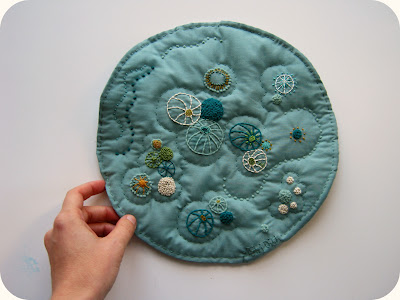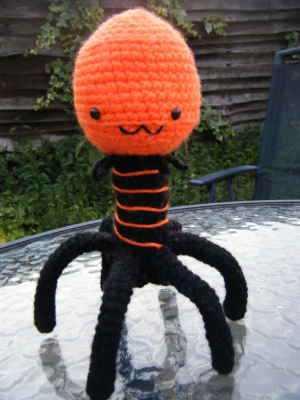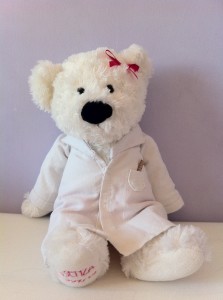Developed in 1869 by the Russian chemist Dmitri Mendeleev to help illustrate commonalities in the various properties of elements, the Periodic Table has been both boon and bane to high school chemistry students around the world (my own experiences fell definitely to the “bane” side.)
Fast forward about 140 years, and we have a more modern version, and infinitely more useful, thanks to James the ComputerSherpa. In his first Visual Design class he came up with this little beauty – the Periodic Table of Storytelling.
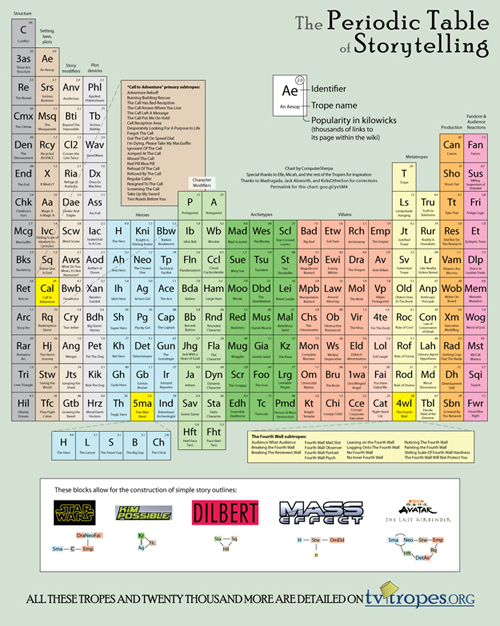
James really did his research, turning to TVTropes.org for inspiration and information on “tropes” – which TVTropes defines as “devices and conventions that a writer can reasonably rely on as being present in the audience members’ minds and expectations.” Writers (and Hollywood types) can use these fictional elements to craft endless variations of story lines. Being a wiki, TVTropes has vast quantities of information and discussion threads, so James’ graphical version of the Periodic Table is a real timesaver.
Beyond the concept as a whole, I love the examples at the bottom, illustrating how one might describe certain shows, movies, games, etc, using formulas based on this Periodic Table. For instance, when you combine:
- A Five-Man Band (5ma – made up of a Hero, Lancer, Smart Guy, Big Guy, and a Chick)
- Conflict (C)
- The Empire (Emp)
- Dragon-The Chosen One-You Have Failed Me (DraNeoFai)
…and you get Star Wars. Not sure about the “Dragon” element on this one, but then, I have mentioned my chemistry is not my super power.
James very kindly put the image up for purchase as a poster – it would be fun to sit around with a bunch of geeks and work out formulas for various shows and book storylines. Maybe I’ll have to get one for my son to take to college in the fall, for he will surely find himself a gang of geeks to hand out with, and I wouldn’t want them to run out of things to talk about.
[Via: BitRebels]
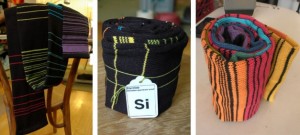 I know a number of our American readers are unreasonably warm and toasty in some kind of freakish heatwave, but those of us in the Frigid North (and, one presumes, also in some parts of the southern hemisphere) still have over a foot of snow to deal with. So forgive me, oh sufferers of 80+ degree temperatures, for sharing this awesome thing I found! (Consider it a possibility for very early start on making a Christmas list?)
I know a number of our American readers are unreasonably warm and toasty in some kind of freakish heatwave, but those of us in the Frigid North (and, one presumes, also in some parts of the southern hemisphere) still have over a foot of snow to deal with. So forgive me, oh sufferers of 80+ degree temperatures, for sharing this awesome thing I found! (Consider it a possibility for very early start on making a Christmas list?)
